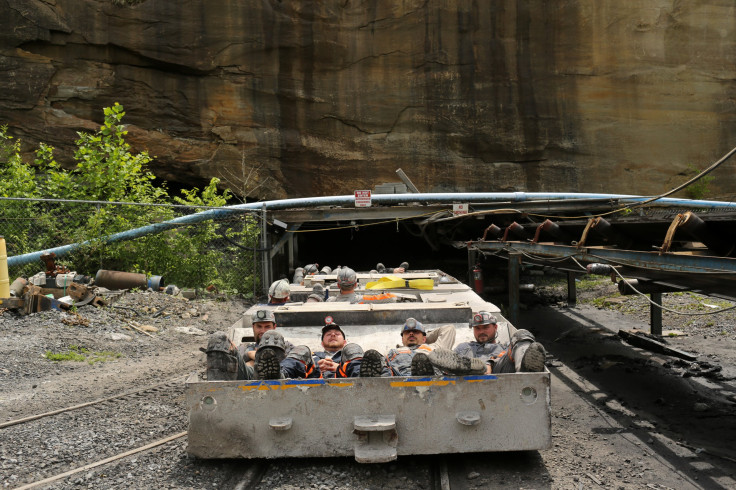Obama Administration Offering $66 Million To Help Coal-Reliant Communities Recover From Downturn

The Obama administration on Thursday offered nearly $66 million to boost communities battered by the coal industry’s downturn and a string of recent mining bankruptcies.
The funds are part of the Partnerships for Opportunity and Workforce Development and Economic Revitalization (POWER) Initiative, a federal program to support coal-reliant communities in states like Ohio, West Virginia and Kentucky where mines are shuttering and coal-fired power plants are closing due to rocky market conditions and tougher environmental regulations.
The Obama administration last year awarded around $14.5 million in POWER grants to a dozen states. In Ohio, which received $2 million, one of the biggest slices, the money is helping pay for retraining and education programs in high-demand industries, namely trucking.
“Many communities across Appalachia — from coal mines to Main Streets — are being impacted as the world changes the way it produces and consumes electricity,” Earl Gohl, who chairs the federal Appalachian Regional Commission, said in a statement.
The commission announced the funding Thursday along with the U.S. Economic Development Administration.

The grant arrives a day after Peabody Energy Corp., the largest U.S. coal producer, signaled it might have to seek bankruptcy protection. The St. Louis miner flagged the bankruptcy risk in a regulatory filing Wednesday after disclosing that it skipped a $71.1 million interest payment on its senior notes due earlier this week.
Peabody would become the latest U.S. coal giant to fall victim to gloomy coal market conditions. Arch Coal Inc., Alpha Natural Resources Inc. and a handful of other coal companies all sought bankruptcy protection last year amid soaring debt loads and falling revenue.
Prices for metallurgical coal, the type used in steelmaking, have plunged in the last year as industrial activity softens in China and other emerging markets. Thermal coal, which is burned in power plants to produce electricity, is losing market share to cheaper, lower-carbon natural gas. Tighter federal regulations for climate change and clean air have ensured that virtually no new coal plants will get built in coming years. Utilities instead are opting to build more natural gas plants or renewable energy projects, such as wind and solar power.
Coal’s share of total U.S. electricity generation is expected to fall to 27 percent by 2030, down from 39 percent in 2014 and more than 50 percent in 2000 — the result of the Obama administration’s Clean Power Plan to limit carbon emissions from power plants.
As coal declines, miners and workers in related industries are losing their jobs. Employment in the sector has dropped to a 20-year low, the U.S. Energy Information Administration estimated. The average number of workers at U.S. coal mines fell 10.5 percent to nearly 80,4000 employees from 2012 to 2013, a drop of nearly 9,500 workers, according to the agency’s latest data.
Gohl said the POWER grants announced Thursday were intended to help fill the gaps created by the downturn in the U.S. coal industry. Workforce initiatives like the trucker training program in eastern Ohio are gaining traction as workers seek a life beyond coal.
“The POWER Initiative can be a game-changer for Appalachia by partnering with these communities and investing Federal resources to support local initiatives that will forge sustainable economic paths for the future,” Gohl said.
© Copyright IBTimes 2024. All rights reserved.





















